The Story Of Steel
At some point in history, humans made a discovery that marked the end of the Stone Age — They found heating certain types of rock in a very hot fire, produced a shiny piece of metal.
Fast forward to around 5000 BC, and through trial and error, they honed the process of Copper production.
Copper, while weak, is naturally occurring and easy to smelt.
But if you alloy copper, by adding a small percentage of other metals such as tin, you make the copper much harder — This alloy of copper, is known today as Bronze.
So, for very little extra effort you could create tools and weapons ten times stronger and harder than copper.
This ability to change the properties of metals by very small additions of other elements is what makes metallurgy so fascinating.
The Quest for Stronger Metals
As civilizations advanced, so did their search for stronger and more efficient metal. They found a rock (iron ore) that varies in color from dark grey, bright yellow, or deep purple to rusty red.
When they tried smelting these rocks, they found some strange results that puzzled them— every time they smelted Iron ore, they ended up with a different metal — sometimes the resultant metal was very pure & soft enough to be beaten with a hammer, while other times it would be very hard & brittle.
Though no one really understood what was happening, a few metalsmiths managed to master this metal through repeated attempts of trial-and-error — they hammered this iron into shape, creating everything from simple farming tools to majestic swords.
This metal was none other than Steel — and during that time, these steelmaking techniques were so prized, that they were often kept as trade secrets and handed down through generations.
The Evolution of Steelmaking
Certain cultures became known for making extremely high-quality steel — By the mid-1st millennium BCE, the Cheras from India developed a steel (wootz steel), whose swords had such fine steel grain that even today no one has worked out how to replicate it — this wootz steel was in high-demand even in Roman Egypt & Arabia & was exported through maritime trade.
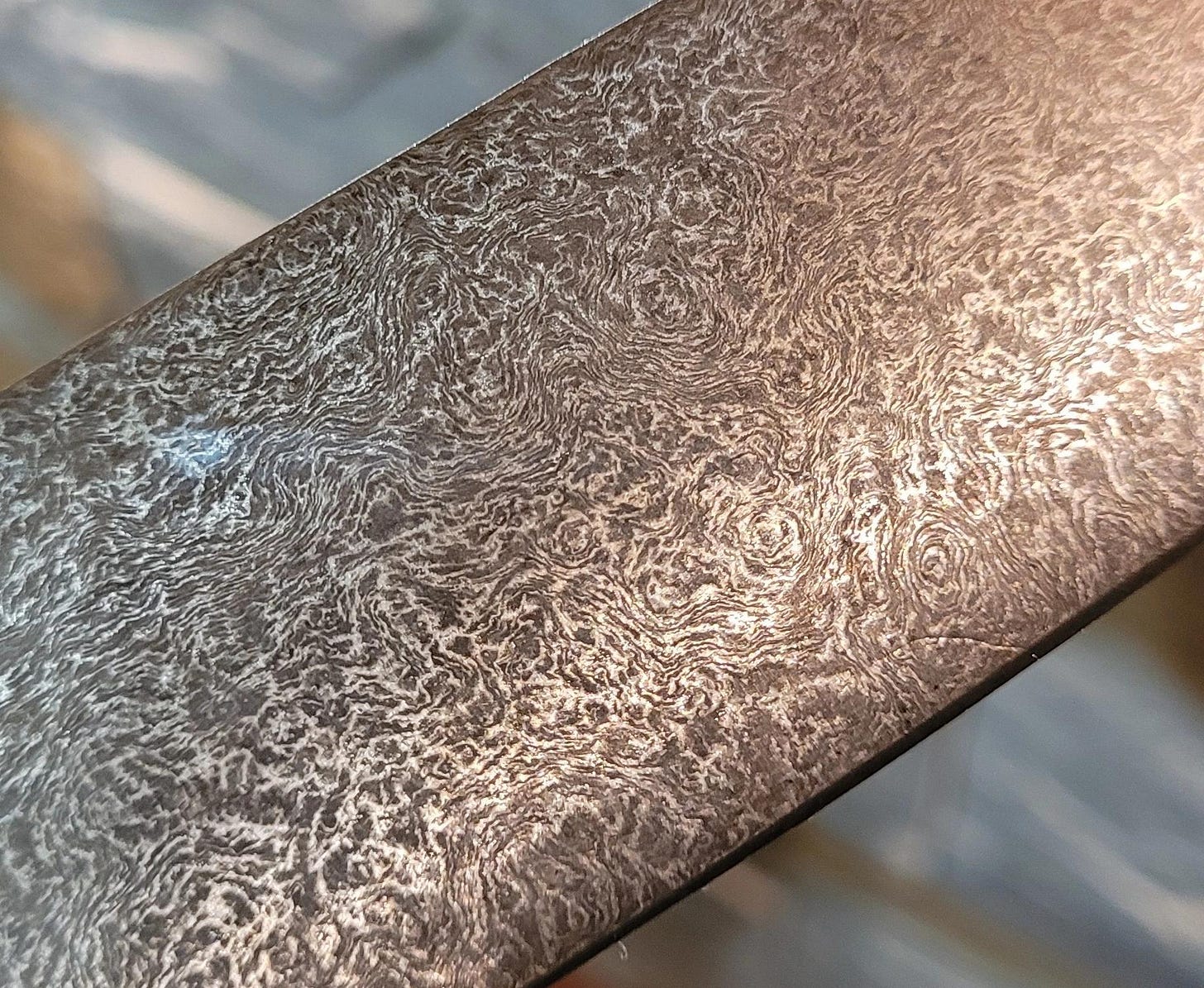
It is an odd fact that steel was not understood by science until the twentieth century. Only now with a knowledge of quantum mechanics can we truly explain — why some steelmaking processes worked and others didn’t.
What our ancestors didn’t realize was that steel wasn’t a metal, but an alloy of iron & carbon.
During the heating & reshaping of iron, carbon from the charcoal (used as fuel for heating), would squeeze in-between the iron atoms, creating a strong, immoveable lattice.
The key here was the carbon content — If the iron was left in for too long, or was allowed to become liquid in the fire, a huge amount of carbon enters the iron, making it extremely brittle, with low ductility (its ability to stretch), and low tensile strength (its resistance to breaking under tension). The resultant metal was inferior to even bronze and essentially useless for tools and weapons. The swords made from this high-carbon iron would snap in a second in the battle.
But if the carbon was too little, the iron would be very pure and soft enough to be beaten with a hammer.
So What Exactly Is Steel?
Steels are simply alloys of iron and carbon. (plural bcoz there are more than 3,500 varieties of steel)
At one end, we have cast iron (or pig iron).
Fun fact: it got its name because the molds it set in looked like a bunch of piglets feeding from their mother! This type is pretty brittle, with about 3-4% carbon.
On the opposite end, there’s wrought iron, which is so pure it has almost no carbon and is soft enough to be shaped with a hammer.
And right in the middle, we find steel. It’s the sweet spot with typically less than 2% carbon. Perfect for all sorts of uses!
Modern Steelmaking
Humans have come a long way since then. By the mid-19th century, mass production methods for steel were established, shaping the modern steel industry. So, let’s look at how steel is made today.
Value Chain Of The Steel Industry
First, Let’s Get Our Raw Material
Iron ore is a compound of iron, oxygen and other minerals. They can be of various types, out of which Haematite (Fe2O3) is the most important one because of its high iron content and its abundance.
So, simply put Iron ores are basically —> iron + oxygen + other minerals & sand.
Now our goal is to separate iron from the ore.
Firstly, we’ll need a fuel for smelting this ore & then we need to find a way to separate oxygen from it, which will leave us with iron & some impurities.
The perfect candidate for this turns out to be Coke.
Coke is a black, hard, and porous coal-based fuel with high carbon content. It is made by heating coal in the absence of air.
Why Coke?
Because Coke doesn’t just serve as fuel, but also acts as a reducing agent, reacting with oxygen to form carbon monoxide (CO), which then reacts with the iron ore (iron oxides) to produce molten iron (Fe) and carbon dioxide (CO₂).
To make good quality steel, we need pure iron, for which we’ll need to separate impurities mostly silica in the form of sand from it. But how do we do this?
Limestone.
Inside the furnace, Limestone or Calcium Carbonate (CaCO₃), acts as a Flux. It decomposes to form carbon dioxide (CO₂) & Lime (CaO). This lime further reacts with silica to form calcium silicate (iron slag).
Slag is a liquid waste product consisting of calcium silicates plus some other impurities that floats on top of the molten metal at the bottom of the furnace, & can be easily removed. — & as its less dense than molten iron, it floats on top of it & can be easily removed.
Therefore, we procure our raw materials — Iron ore, Coke & Limestone & send it the the manufacturing plant.
Let’s Start With Iron Making
Iron ores come in various sizes and forms, which can create problems in the blast furnace. Therefore, to ensure a consistent size that allows for better airflow and efficient operation, the ore is put through a process called Sintering — where small particles of iron ore are fused together into larger, more uniform pieces.
The sinter, coke, and limestone are loaded into a Blast Furnace — a large, very hot enclosed fire, that’ll allow our iron to smelt & allow the chemical reaction to take place.
Before iron ore can be used, oxygen must be removed from it. This is done in the blast furnace, where hot air is injected into a continuous feed of coke, sinter and limestone. The result is liquid iron (Molten Pig Iron).
The two important by-products of this process are: carbon dioxide (CO2), and iron slag (a mixture of minerals).
Let’s Move Onto Steel Making
This molten pig iron has high carbon content. And as discussed earlier, to make good quality steel, we need to reduce this. For this we use Basic Oxygen Furnace (BOF).
So, from the blast furnace, molten pig iron is sent directly to the basic oxygen furnace (BOF).
BOF is a large, pear-shaped vessel with an open top used to charge up to 300 tons of hot iron, steel scrap is added to control the temperature. This gets blown with 99% pure oxygen from both top and bottom, igniting the carbon dissolved in it and burning it to form a carbon monoxide and carbon dioxide, causing the temperature to rise about 1700 °C. .
This melts the scrap, lowers the carbon content (from around 4% to less than 1%) of the molten iron and helps remove unwanted chemical elements. Moreover, fluxes (like burnt lime) are fed into the vessel to form steel slag, which absorbs impurities of the steelmaking process.
At the end of the entire process, the steel slag is removed & the BOF vessel is tilted and this liquid steel is poured into a giant ladle, ready for casting.
Finally Its Time For Casting!
Liquid steel is brought to the continuous caster in the ladle.
Molten metal, from the ladle, is poured into a tundish, which is a container that is located above the mould, it holds the liquid metal for the casting.
The tundish is constantly supplied with molten steel to keep the process going. The whole process is controlled to ensure there is smooth flow of molten steel through tundish.
In the caster, the still liquid steel passes through a mould and then through a sequence of rollers — while one set of rollers bend the metal cast, another set will straighten it., during which its vertical path out of the mould gradually becomes horizontal, as it cools. It then emerges as a continuous slab of steel, solid now but still red hot. The continuous slab is then cut to length into semi-finished products known as blooms, billets or slabs.
Intermediate solid steel products obtained by Continuous casting of liquid steel are known as Semis, as they are intended for further rolling to produce finished steel products.
Various types of semis are as under:
Blooms: Large, square (at times in rectangular) cross section steel pieces. These are inputs for producing Heavy sections and Sheet piling section normally by hot rolling.
Billets: Similar to blooms, but with smaller cross-sections. These are used as input material for production of Long Steel products like bars & rods, light sections etc.
Slabs: A Rectangular, wide, steel product intended for production of Flat Steel products like Plates, sheets, Strips etc.
Hot Rolling For A Rough Form
Rolling Steel above its re-crystallisation temperature (normally above 1000 C) to produce finished steel products from semis, is called Hot Rolling.
Hot rolled steel is cooled after processing. Since steel shrinks slightly as it cools, there is less control over its final shape, making it suitable for applications where precise dimensions aren’t as crucial as overall material strength, and where surface finish isn’t a key concern.
Cold Rolling For That Ultra Smooth Finish
For application that require exact dimensions and better surface qualities, this hot rolled steel is further processed.
Once hot rolled steel has cooled, it is then re-rolled at room temperature to achieve more precision. This is called Cold Rolled Steel.
Due to the additional processing for cold finished products, they come at a higher price.
The Finishing Touch
To protect steel from corrosion and enhance its appearance, several finishing processes are applied.
Galvanizing involves coating steel with zinc, which provides a protective layer against rust. This process is widely used in the automotive and construction industries to ensure longevity and durability.
Annealing and Tempering are heat treatments that alter the microstructure of steel, improving its mechanical properties like strength and ductility. These treatments are essential for producing steel that can withstand demanding applications.
Various surface treatments, such as painting, plating, or applying other coatings, further give it that extra layer of protection and aesthetic appeal.
Finished Steel Products
The products obtained on hot rolling Semis, are categorized into 2 broad categories — Long products & Flat Products.
Different Types Of Long Products
Bars & Rods: Obtained by hot rolling of billets/ blooms. They include Rounds, Flats (flat bars), Squares, Hexagons, Octagons etc. and find direct use in a wide variety of products in Engineering & Agricultural, House hold, Furniture sector etc.
CTD (Cold-worked Twisted & Deformed)/ TMT (Thermo Mechanically Treated) Bar & Rods: Hot rolled round bars & rods with ribs, normally supplied in straight length or in folded bundles. Used directly in civil construction.
Wire Rods: Plain bar & rods are hot rolled in coil form to produce Steel Wires.
Angles, Shapes & Section: Hot rolled Structural Sections obtained by hot rolling of blooms/billets. They include Angles, Channels, Girders, Joist, I Beams, H Beams etc. used in civil & mechanical construction.
Rails: Hot rolled Rail Sections obtained upon hot rolling of Blooms/Billets. Used in rail ways/tram ways, on which rail/tram moves.
Different Types Of Flat Products
Plates: Thick, flat finished pieces of steel, used in heavy-duty construction, shipbuilding, heavy machinery, pressure vessels. Plates are normally supplied as hot rolled.
Sheets: Thick, flat finished pieces of steel, used in automotive bodies, household appliances, consumer durables, roofing, etc. Sheets are obtained by cold rolling of rot rolled strips & are characterized by lower thickness, brighter finish and specific metallurgical properties.
Strips: Narrow, long pieces of steel that are cut from sheets. These are used in automotive components, welded pipes and tubes & packaging solutions. Strips are supplied as wide strips & narrow strips.
Environment Friendly Alternatives For Making Steel
The combination of a blast furnace and a basic oxygen furnace is the basis of modern integrated steelmaking. But is highly energy-intensive, with about 75% of the total demand claimed by blast furnaces.
Today’s best practices have a combined demand of just 17–20 gigajoules per ton (GJ/t) of finished product; less efficient operations require 25–30 GJ/t (same as the entire annual energy consumption of India).
To lower their energy consumption, countries are shifting towards the Direct Reduced Iron (DRI) process for ironmaking.
Direct reduction of iron is the removal of oxygen from iron ore in the solid state, i.e. without melting, as in the blast furnace.
Instead of sinter, the DRI process uses pelletized iron ore. For removing oxygen, the reducing agents are carbon monoxide & hydrogen coming from natural gas & syngas, which are more energy-efficient fuels compared to coke used in blast furnaces. This iron is also known as Sponge Iron.
DRI route of ironmaking requires less energy and operates at lower temperatures.
Given the industry’s dependence on coking coal and natural gas, steelmaking has been also a major contributor to the generation of greenhouse gases, with recent primary steelmaking emitting about 900 megatons of carbon a year (i.e. equivalent to the annual emission of 41 Mumbai-like cities put together).
To minimize this carbon emission, countries are adopting an alternative steelmaking process — EAF (Electric Arc Furnace) route — where steel is recycled by loading scrap steel into a high-power electric arc to melt the scrap.
More About Steel Scrap
Steel that has been previously manufactured and used, and which has then come to the end of its life in that form, can be infinitely recycled.
For instance, in affluent countries, most of the discarded vehicles are flattened using car crushers, shredded & this scrap is sold in the international market.
India has the world’s biggest ship-breaking yard in Alang, Gujarat. Large ocean-going vessels that have been decommissioned are dismantled & their stripped hulls (made of heavy metal plates) are cut by gas and plasma torches, for further selling as scrap steel.
Steel scrap has become one of the world’s most valuable export commodities, with countries with a long history of steel production, have plenty of accumulated scrap steel, which they sell to steel producing countries like India & China.
EU is the largest exporter of scrap steel followed by Japan, Russia & Canada.
So How Does The EAF Work?
EAF is a massive cylindrical heat-resistant container made of heavy steel plates (lined with magnesium bricks), with a removable dome-like water-cooled lid through which three massive carbon electrodes are inserted.
After loading the steel scrap, the electrodes are lowered into it, and electric current passing through them forms an arc whose high temperature (1,800ºC) easily melts the charged metal, to produce molten steel.
The EAF can also convert DRI (direct reduced iron) into liquid steel, reaching the same quality that can be achieved in an integrated steel plant.
EAFs produce significantly lower CO₂ emissions compared to BOFs because they rely more on electricity and scrap metal rather than coke and iron ore.
The EAF route also saves energy significantly — consuming only 5 GJ/t (as opposed to the consumption of 25 GJ/t in the Blast Furnace/ BOF route) for recycled steel.
Moreover, EAFs can integrate with renewable energy sources like wind and solar power, reducing the carbon footprint of steel production and aligning with global sustainability goals.
Decarbonization Initiatives By The Indian Steel Industry
Indian steel producers are ramping up scrap-based steel production, with the aim of cutting their carbon emissions.
Every tonne of scrap used saves 1.1 tonne of iron ore, 630 Kg of coking coal & 55 Kg of limestone. It also reduces water consumption by 40% and greenhouse gas emissions by 58%.
JSW Steel aims to establish steel shredding facilities in India starting with a plant in Khalapur, Maharashtra, which would supply scrap to JSW’s steel plant in Dolvi. The company is set to commission this plant in FY25 & will be replicating it at other steel plants.
TATA Steel’s first EAF plant is coming up at Ludhiana with a capacity of 0.75 million tonne (MT). The company aims to set up similar furnaces in other parts of the country as part of its plan to increase domestic production capacity to 36 MT a year.
The company also commissioned its first steel recycling plant of 0.5MT in Rohtak, Haryana in 2021.
Arcelor-Mittal Nippon India plans to establish steel scrap processing centres across the country to reduce its emissions by 20%.
India’s scrap consumption rose 12% to 29MT in 2023, but the country doesn’t produce enough scrap steel domestically. Hence, demand is met from abroad. India imported about $12 billion worth of steel scrap in 2022.
Enjoyed this edition, show some love by hitting the ❤️ button.
If you have any questions or want to share your thoughts, feel free to reach out.
See you next time!

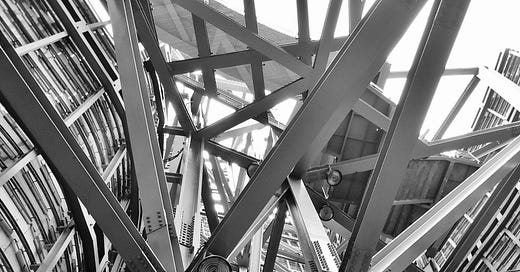



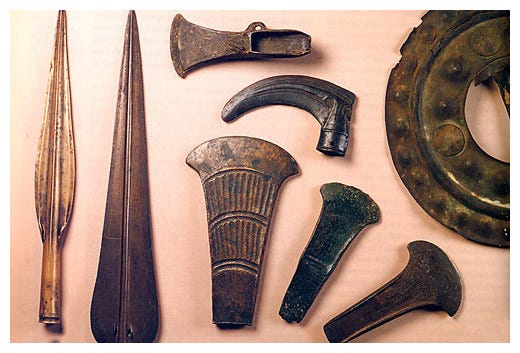
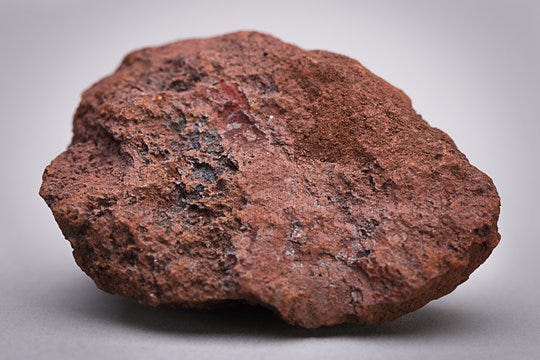
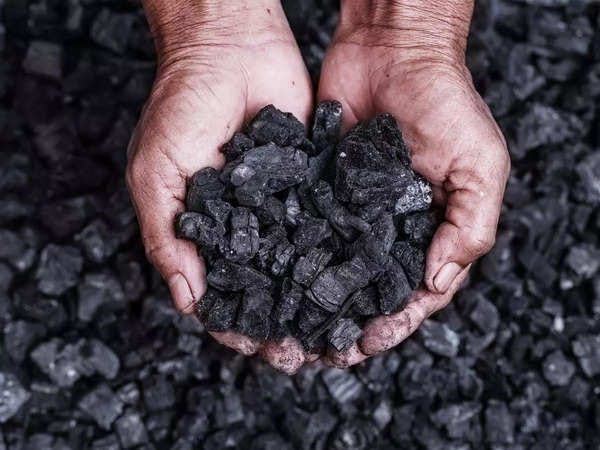
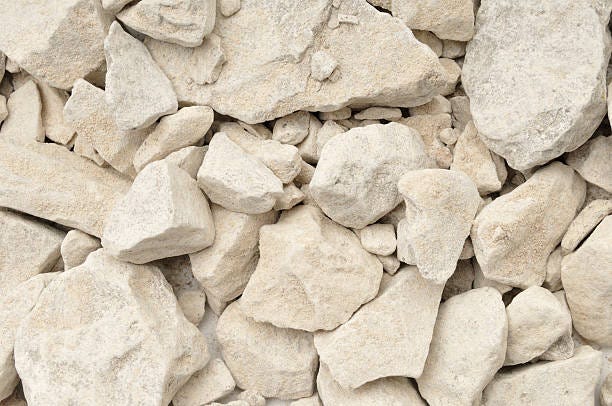

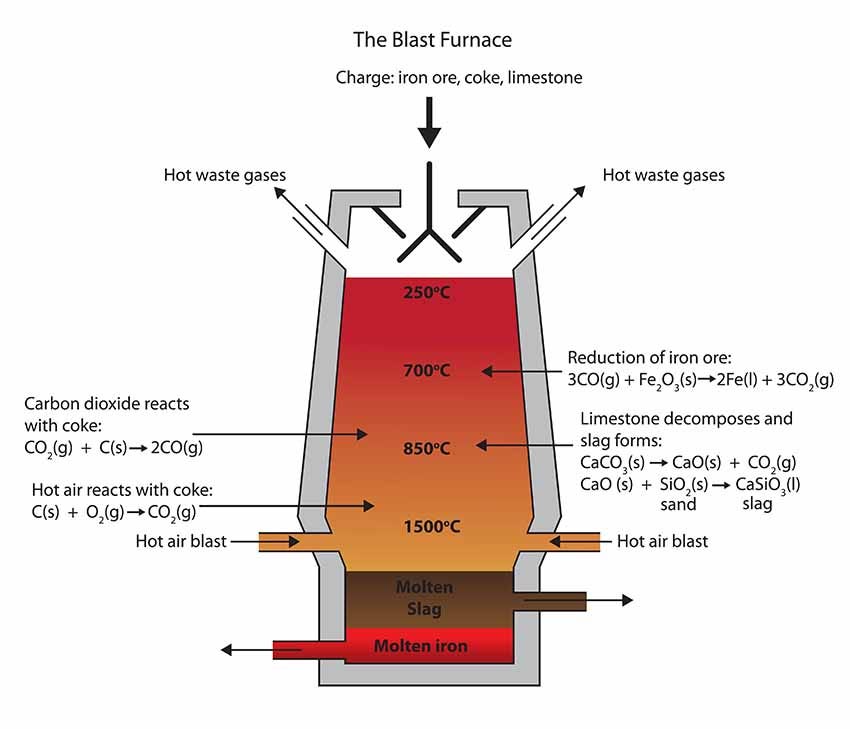
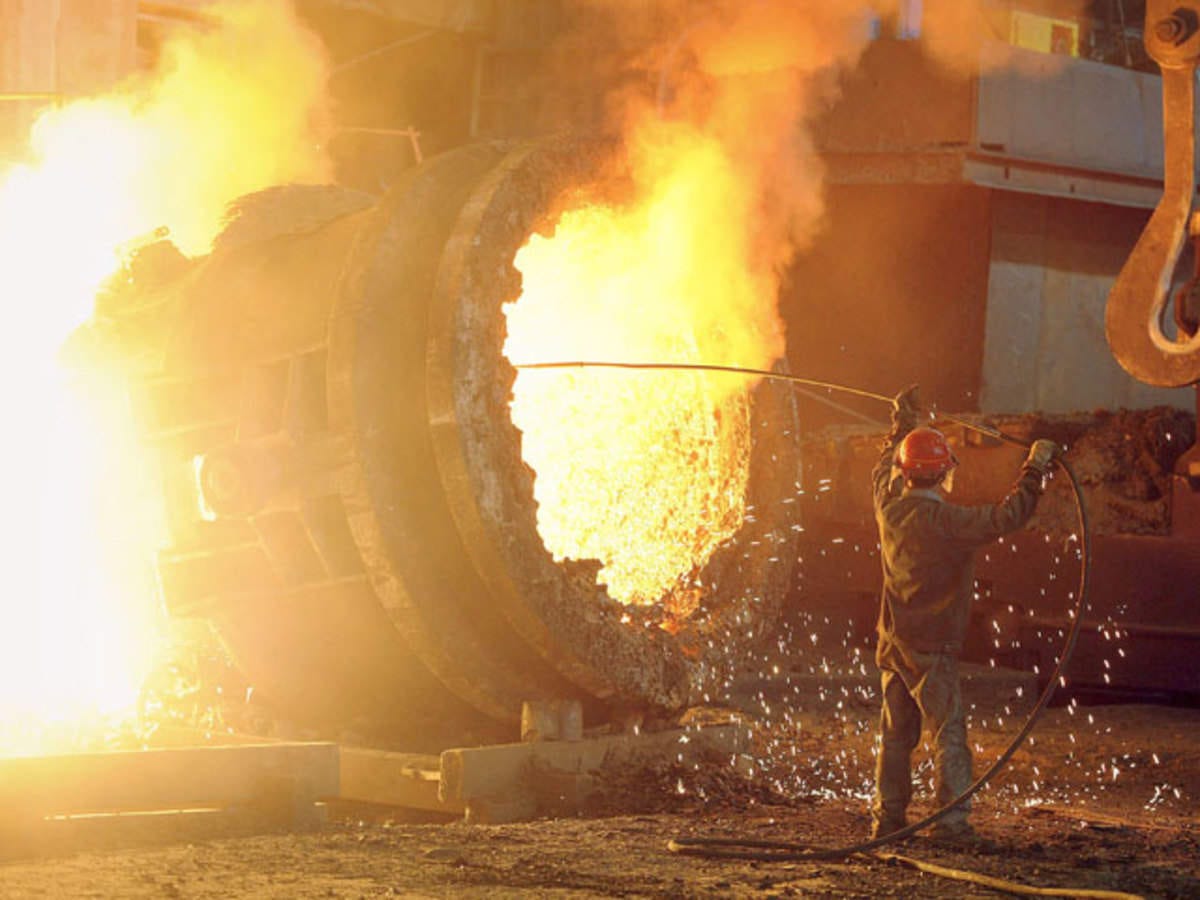
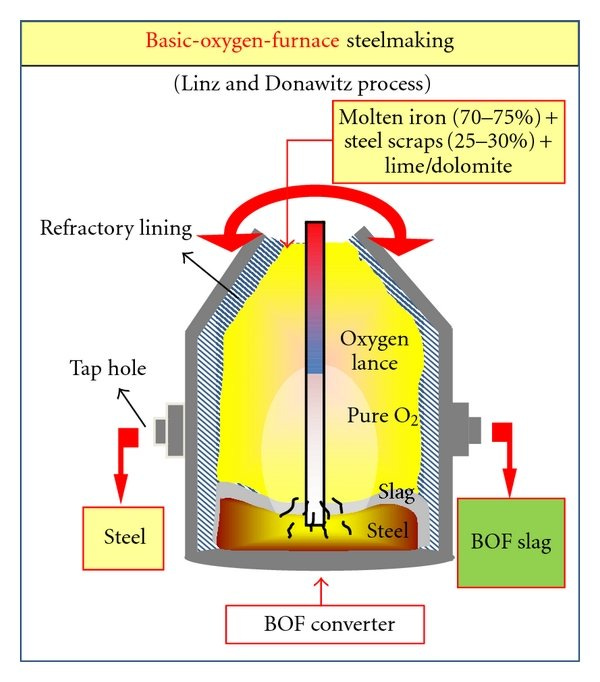
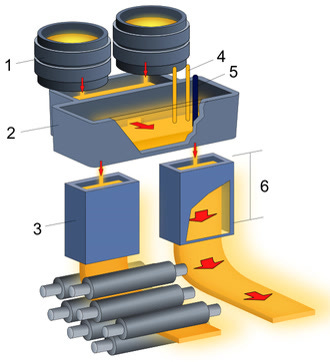
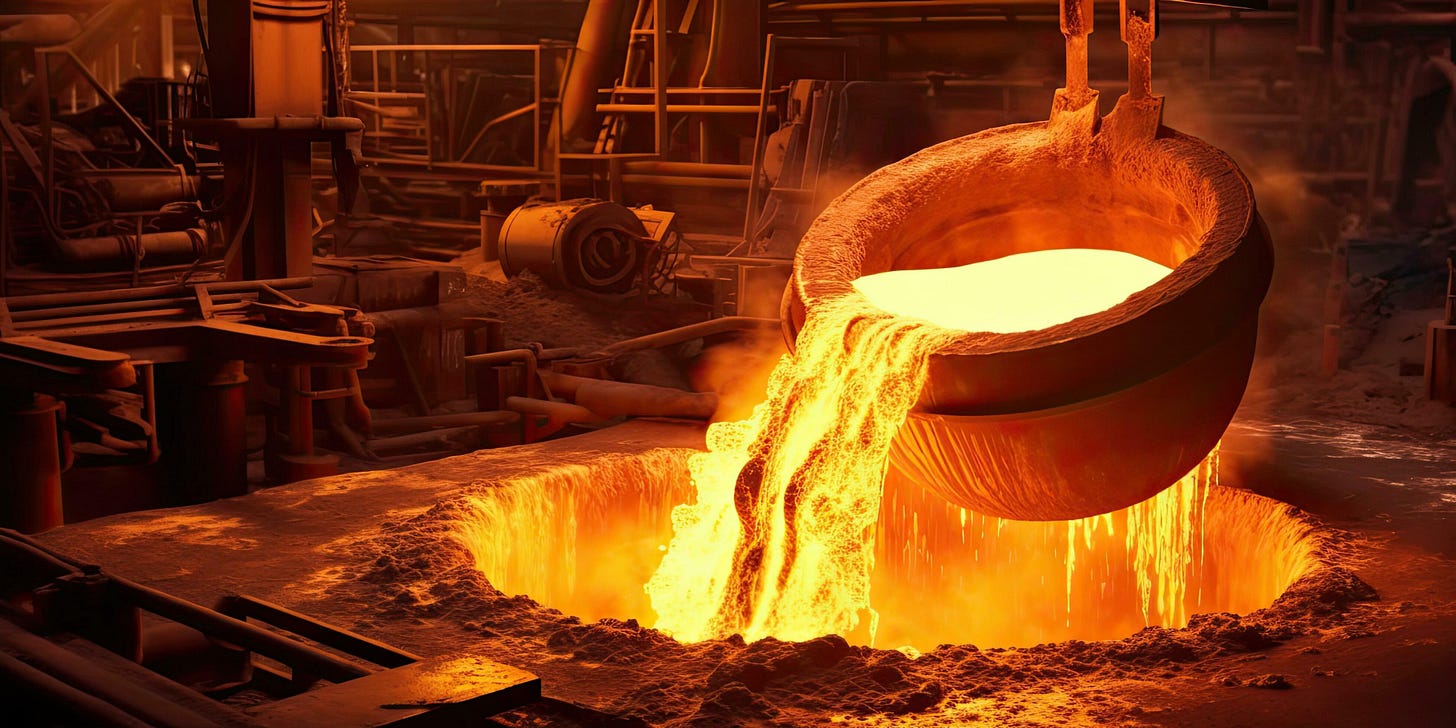
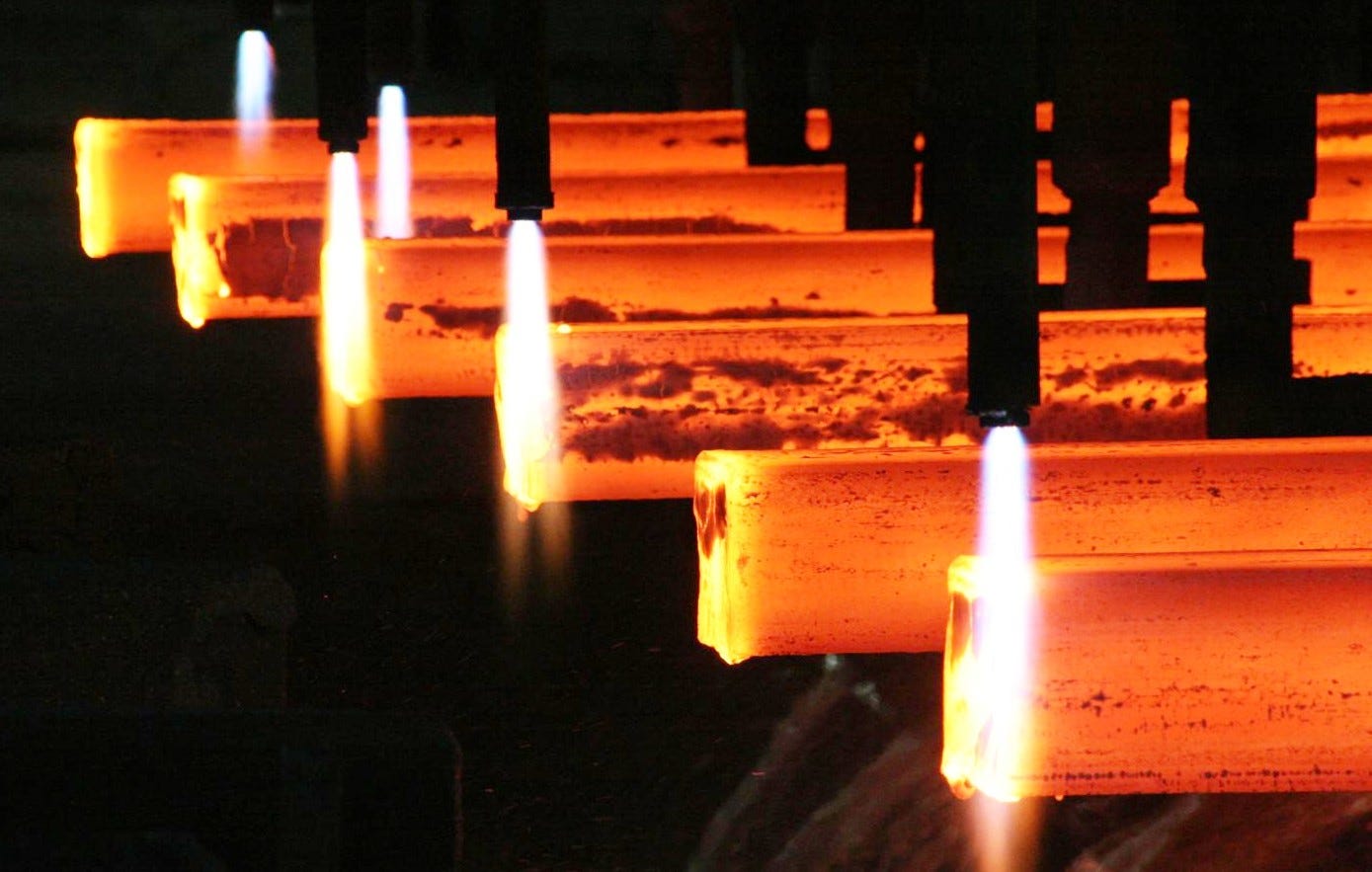
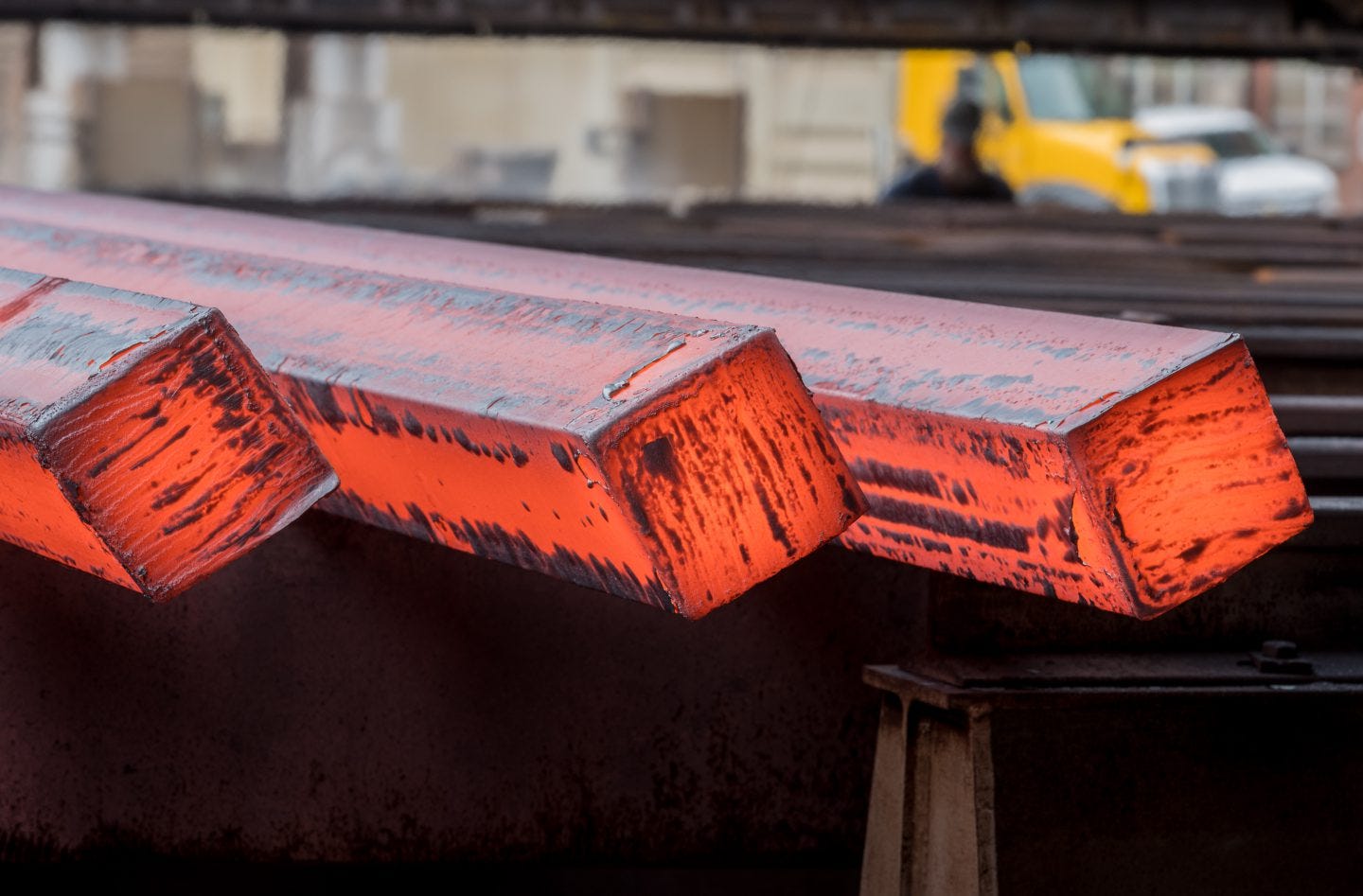
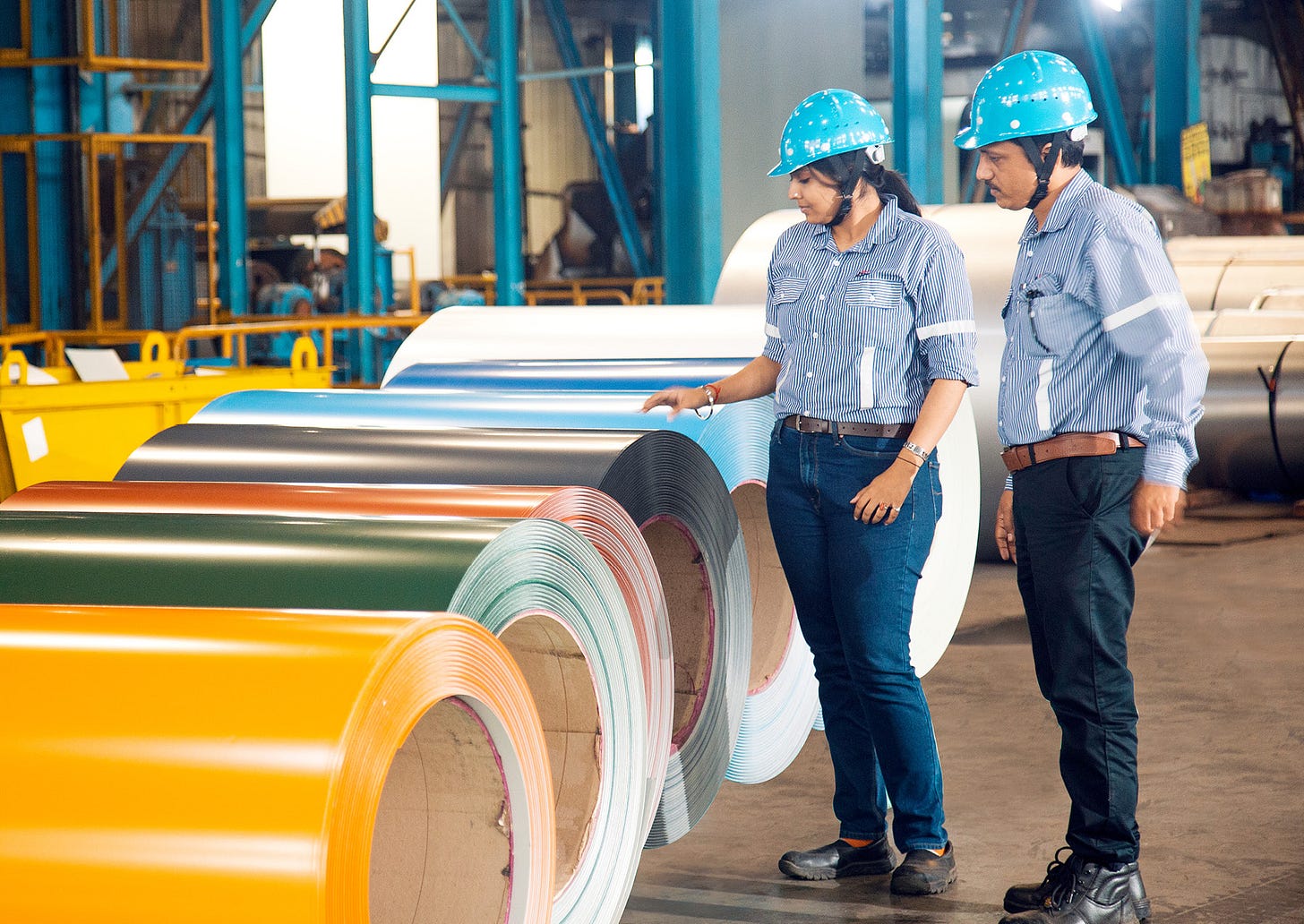

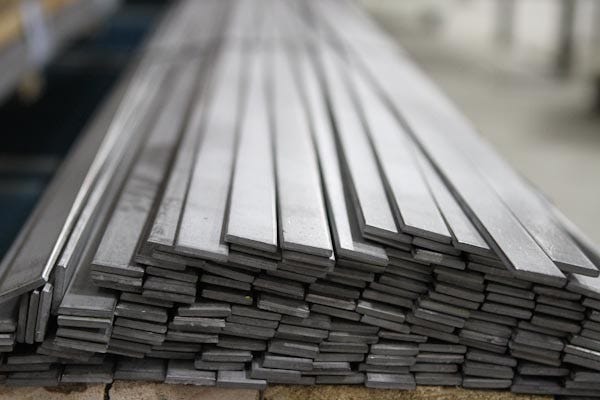
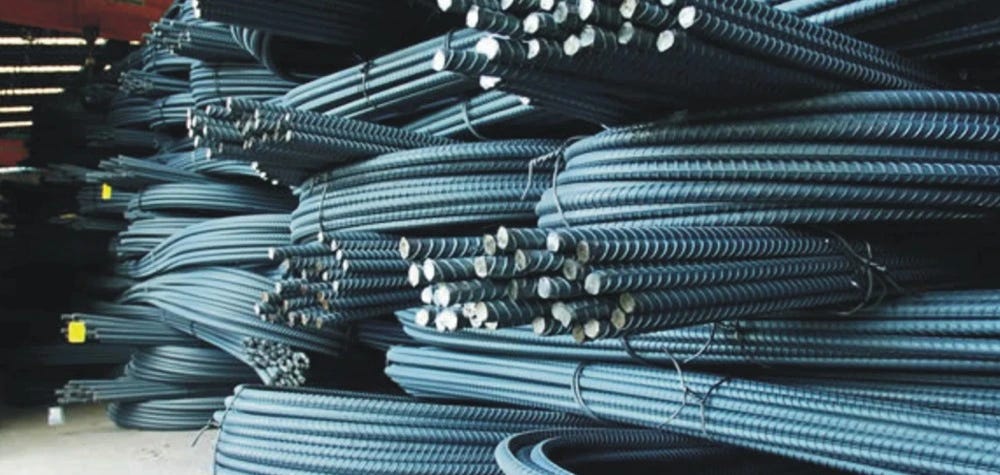
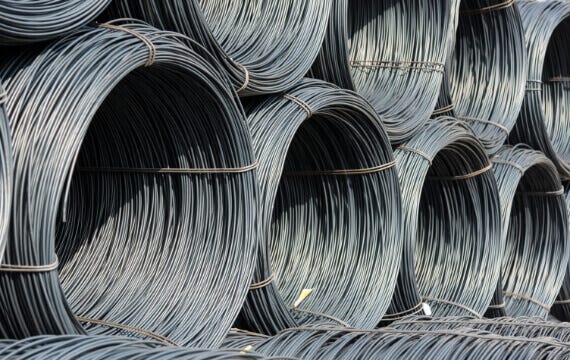
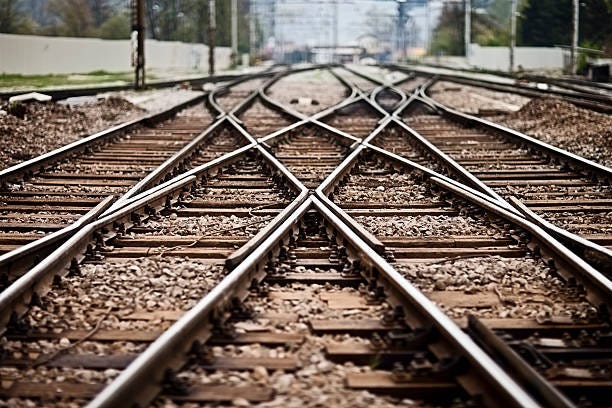
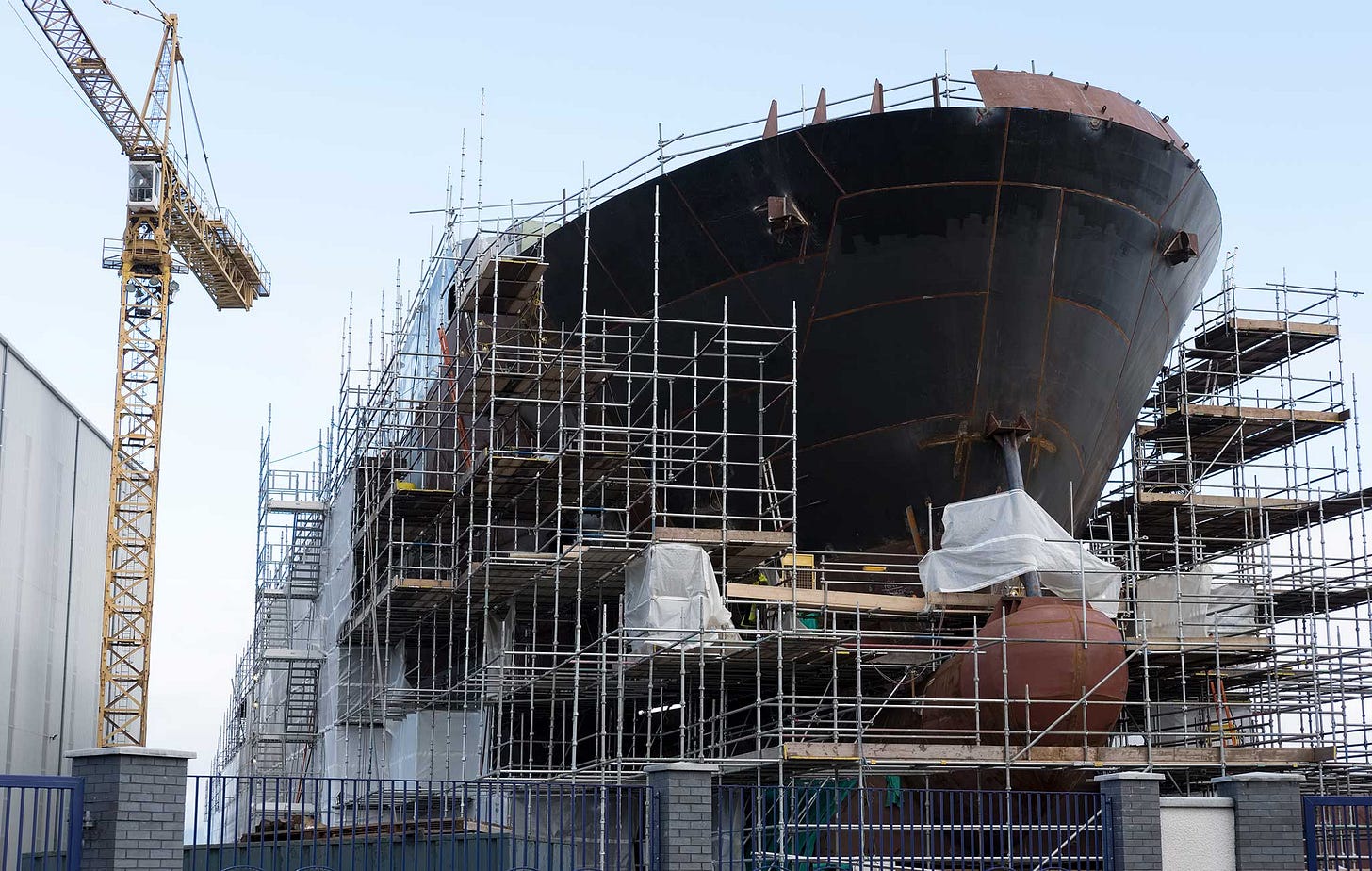
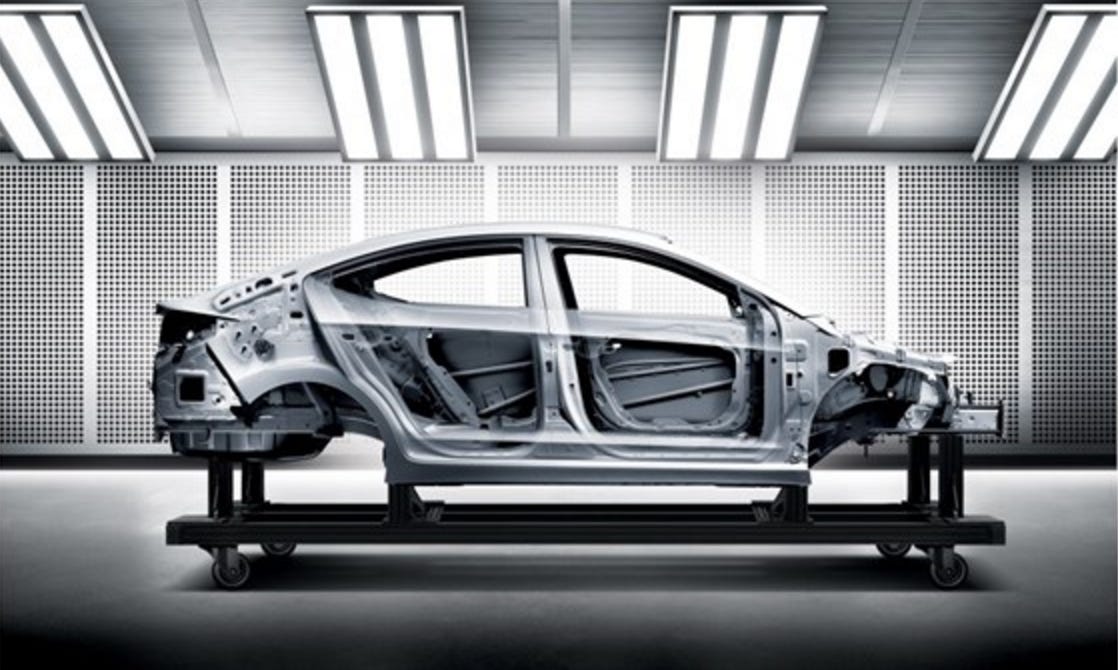
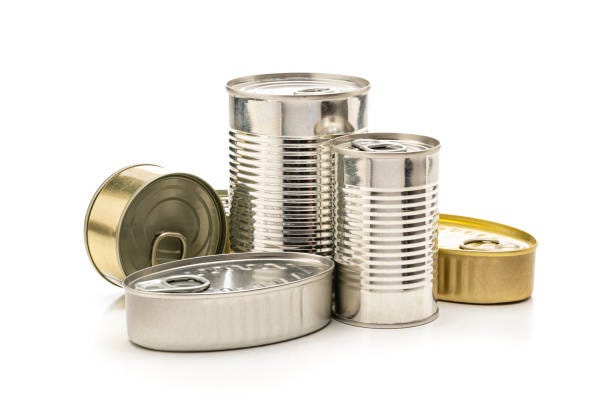
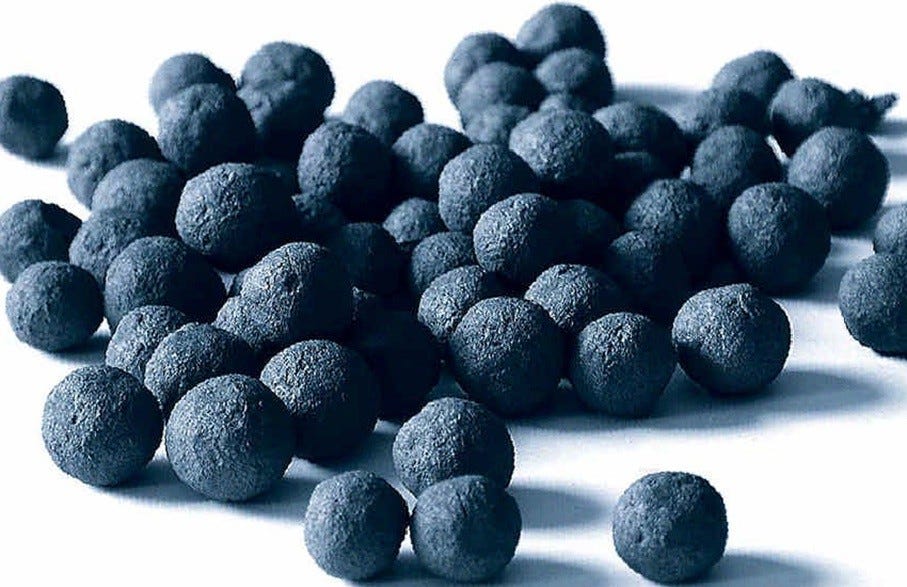
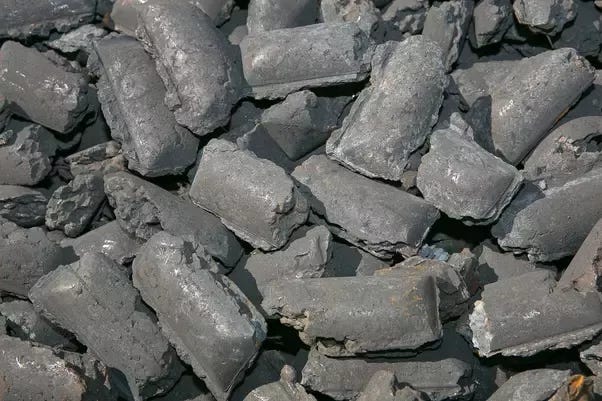
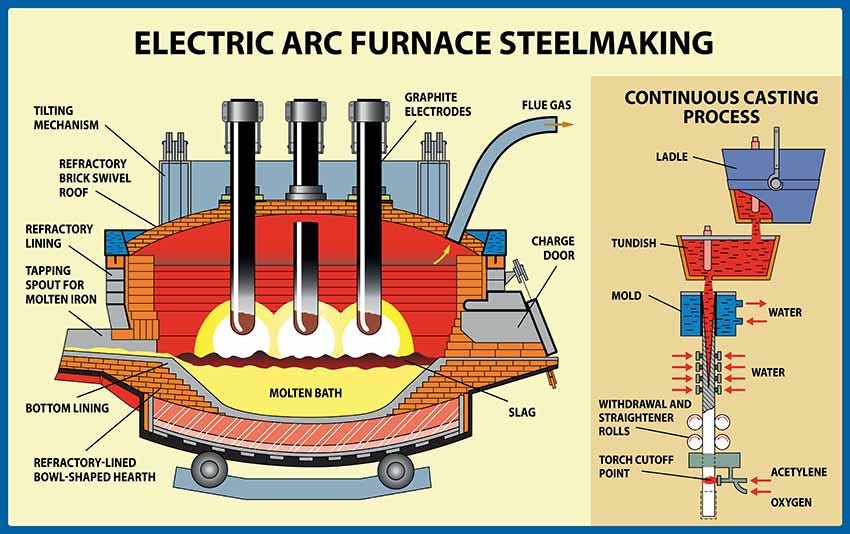
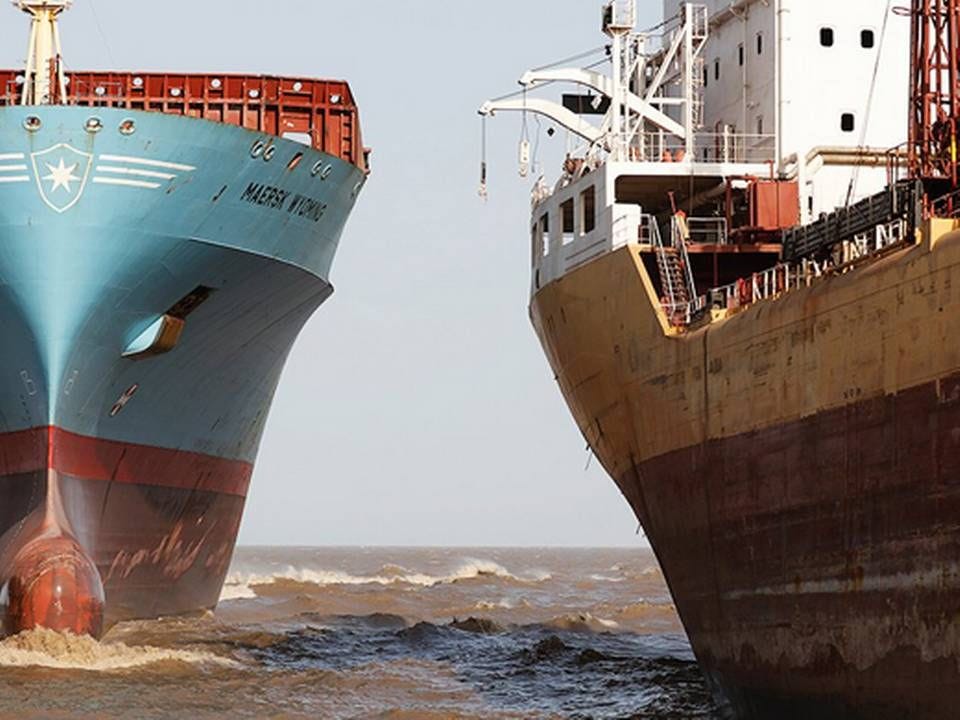
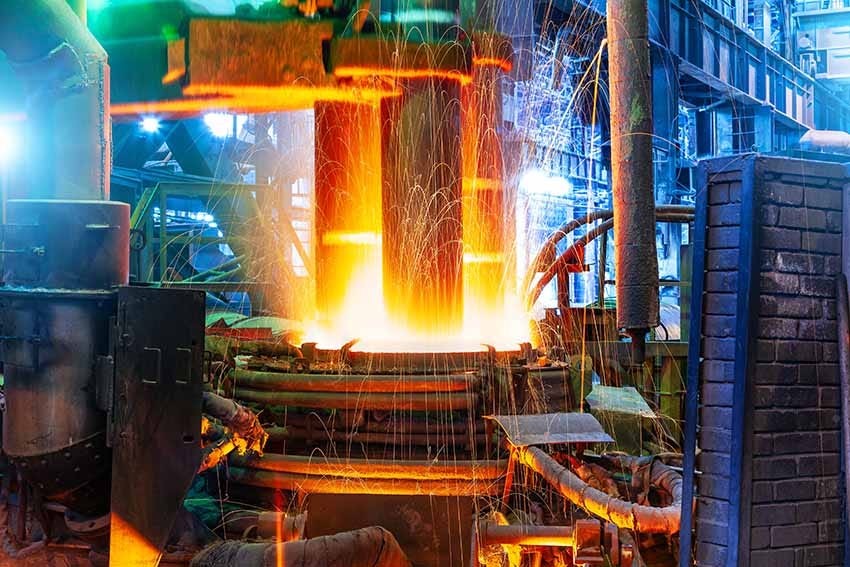


Hi, I am from steel industry, appreciate your efforts to explain steel making process so easy. Keep it up
Great effort. Would love to see more writeups like this!